|
The revised design
|
|
|
|
|
|
|
|
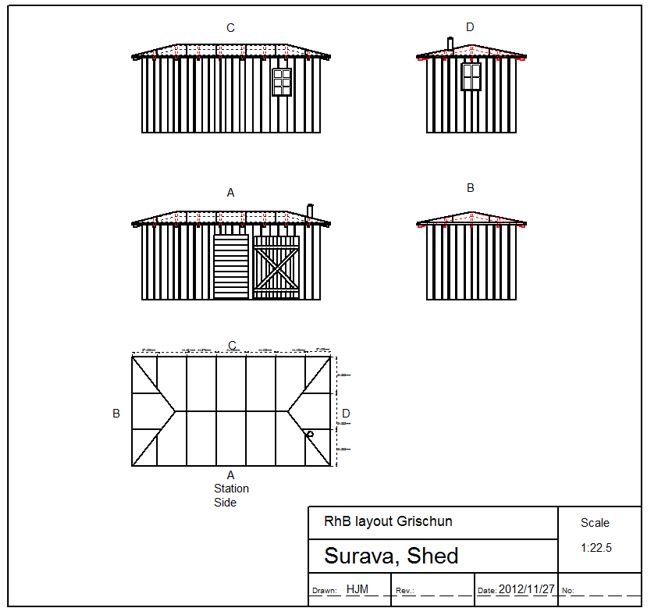
|
|
|
|
|
|
|
|
It took a bit of fiddling and adjusting here and there - ít was almost like working in the LGB design office - until it looked right. Three-quarter views are just not as good as the square-on variety, but “in der Not frisst der Teufel Fliegen”.
|
|
|
|
|
|
|
|
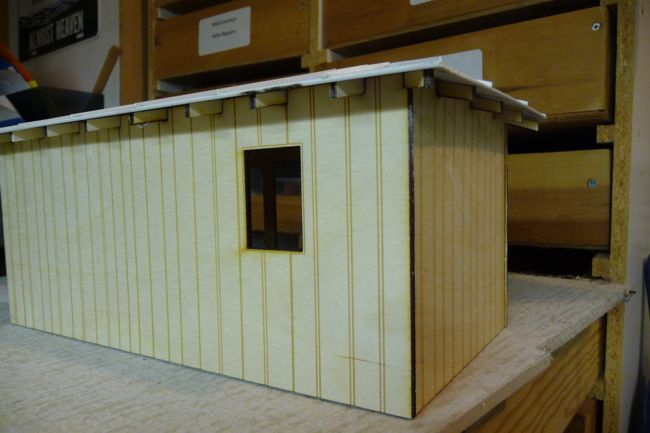
|
|
|
|
|
|
|
|
The roof has been simplified.
|
|
|
|
|
|
|
|
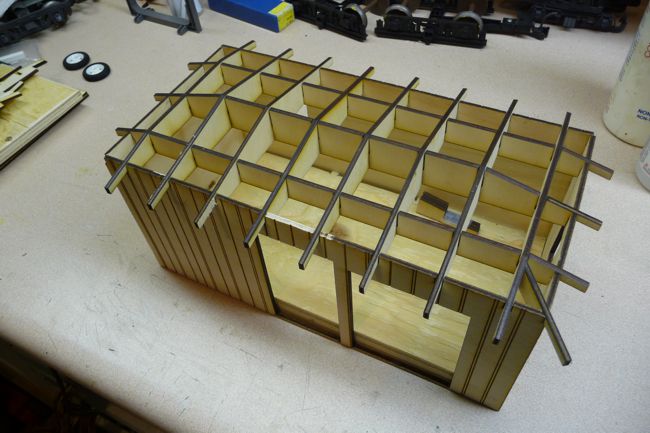
|
|
|
|
|
|
|
|
The number of roof joists has been adjusted (reduced), this will require hand-fitting the corner joists.
|
|
|
|
|
|
|
|
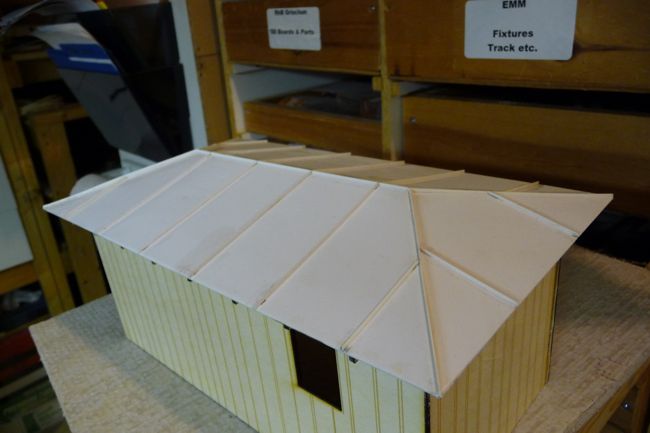
|
|
|
|
|
|
|
|
Test sample made from styrene.
|
|
|
|
|
|
|
|
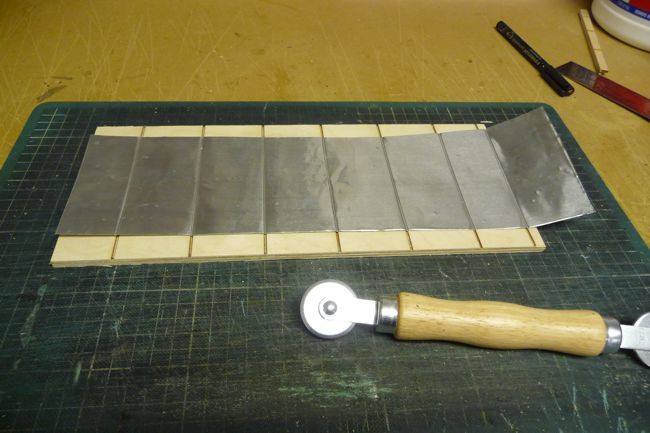
|
|
|
|
|
|
|
|

|
|
|
|
|
|
|
|
Fixture and tool to produce standing seam roofing using cookie sheet aluminum as raw material.
|
|
|
|
|
|
|
|
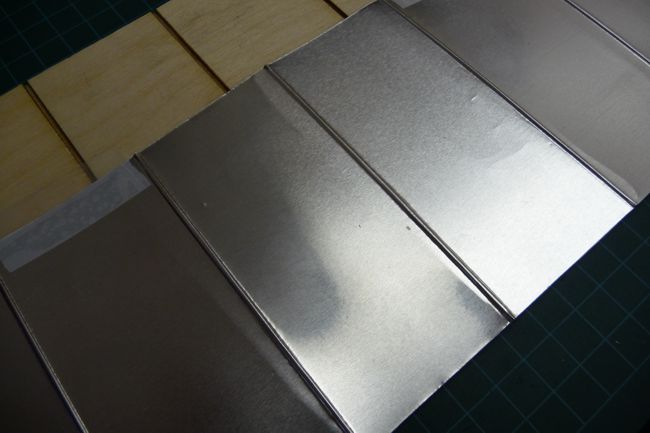
|
|
|
|
|
|
|
|
The original shape of the tool generates a round seam, in order to get a more pointed seam I tried a pizza cutter ... and then decided to modify the original tool. Half the story when scratch building is seeing the possibilities of “stuff” even if it is intended for a completely different application.
|
|
|
|
|
|
|
|
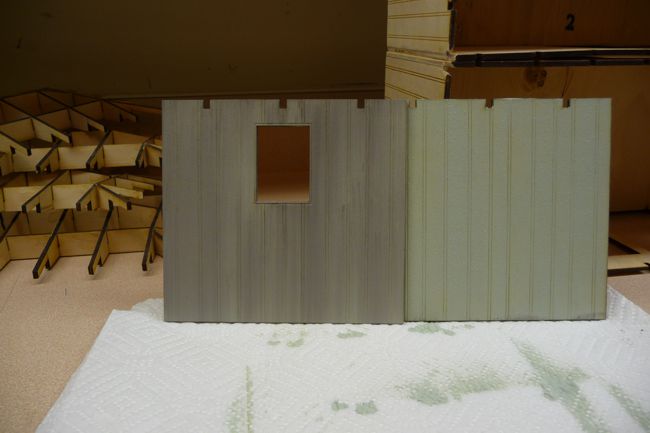
|
|
|
|
|
|
|
|
Next was the staining test. Using two of the surplus walls I applied the first coat - the Minwax designation is “Driftwood”. The next coat is called “Slate”, this was applied less evenly to leave the “Driftwood” shine through to some extent.
|
|
|
|
|
|
|
|
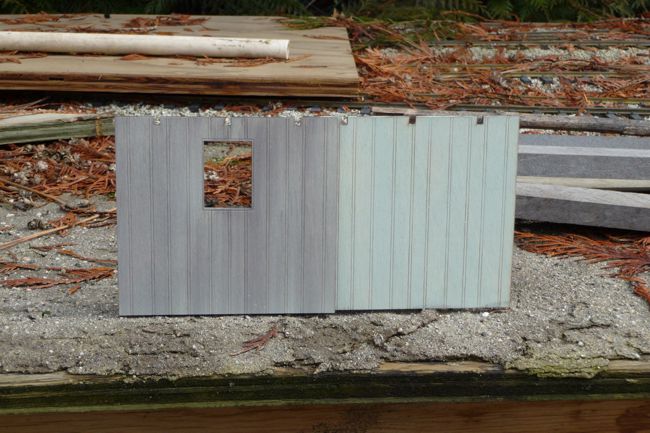
|
|
|
|
|
|
|
|
The difference between artificial and natural light is quite evident from the two pictures.
|
|
|
|
|
|
|
|
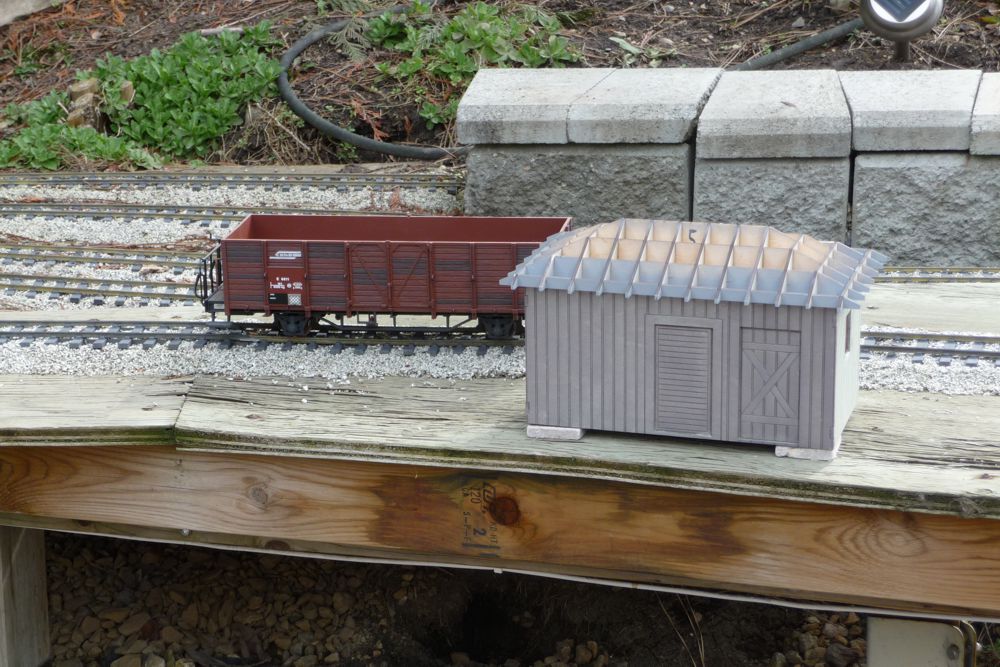
|
|
|
|
|
|
|
|
”First Generation” shed, the roof joists are spray painted with automotive primer.
|
|
|
|
|
|
|
|
|
|
|
|
|
|
|
|
To be continued
|